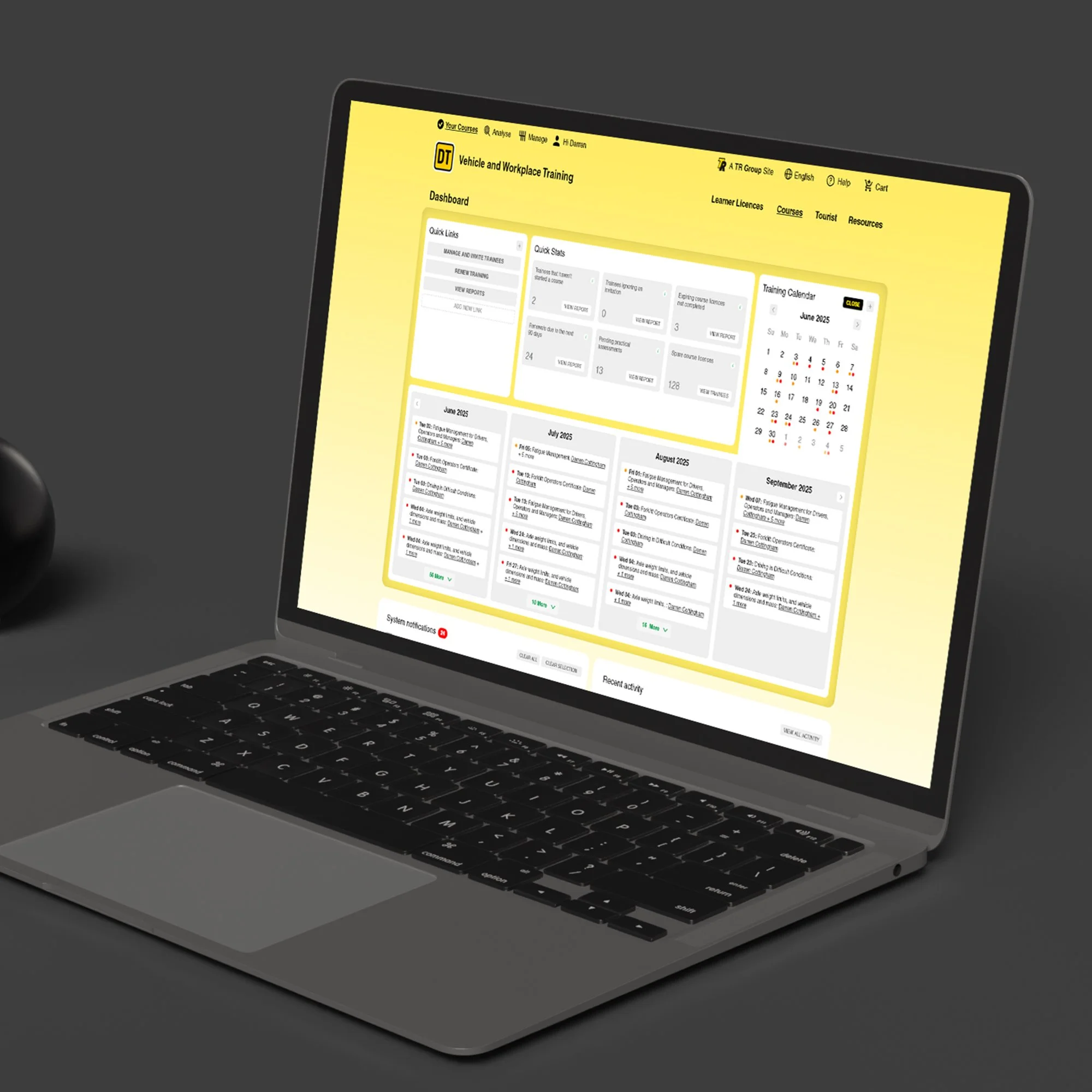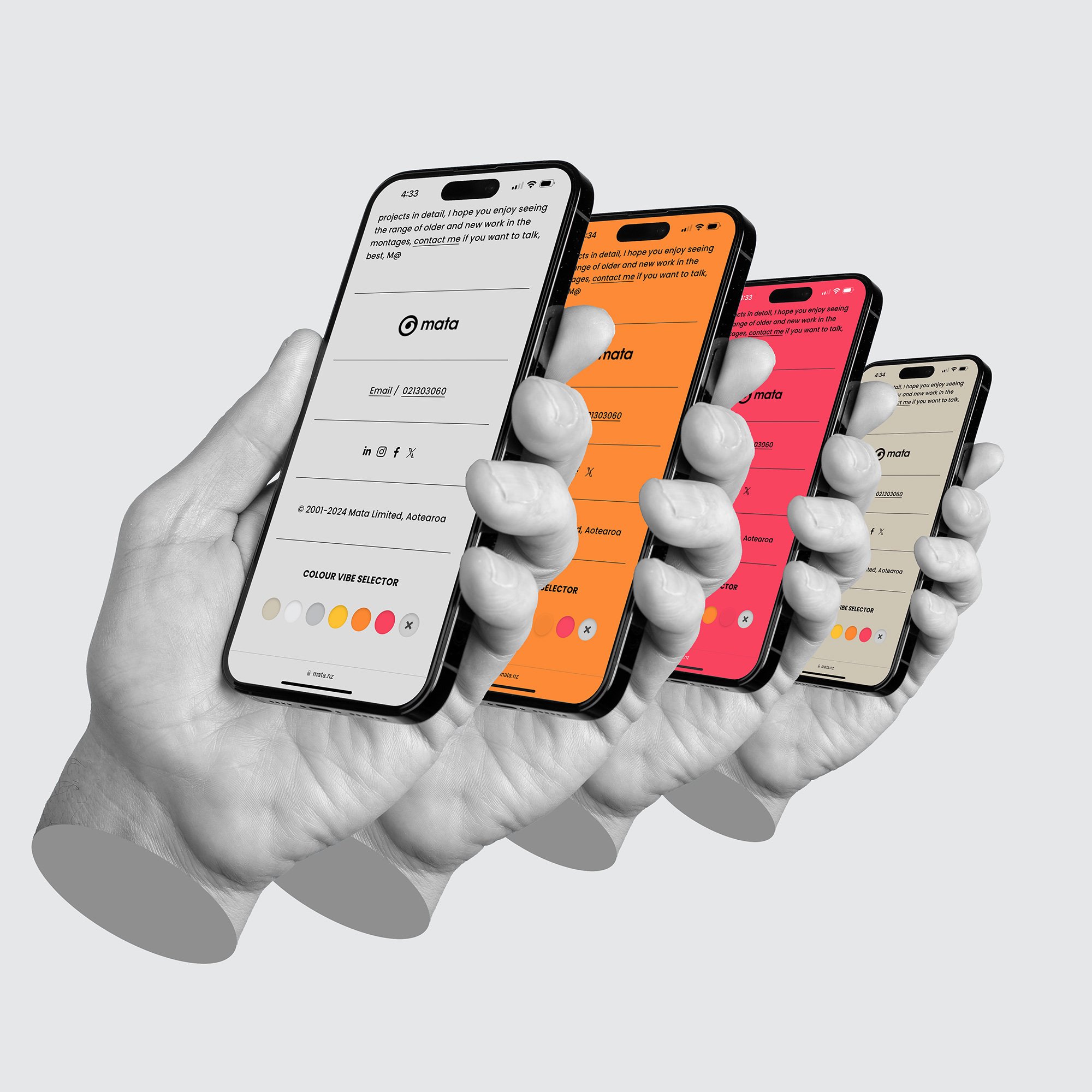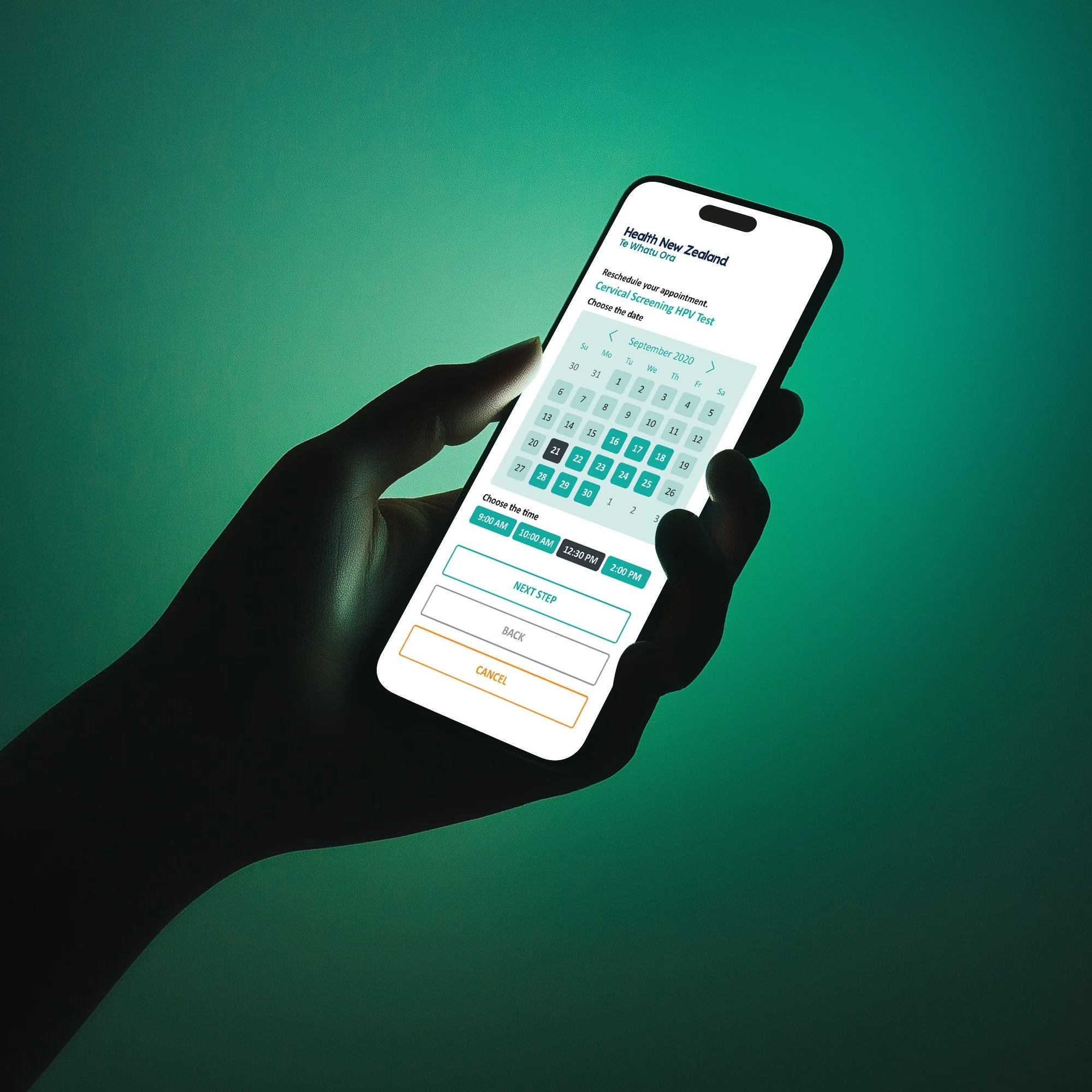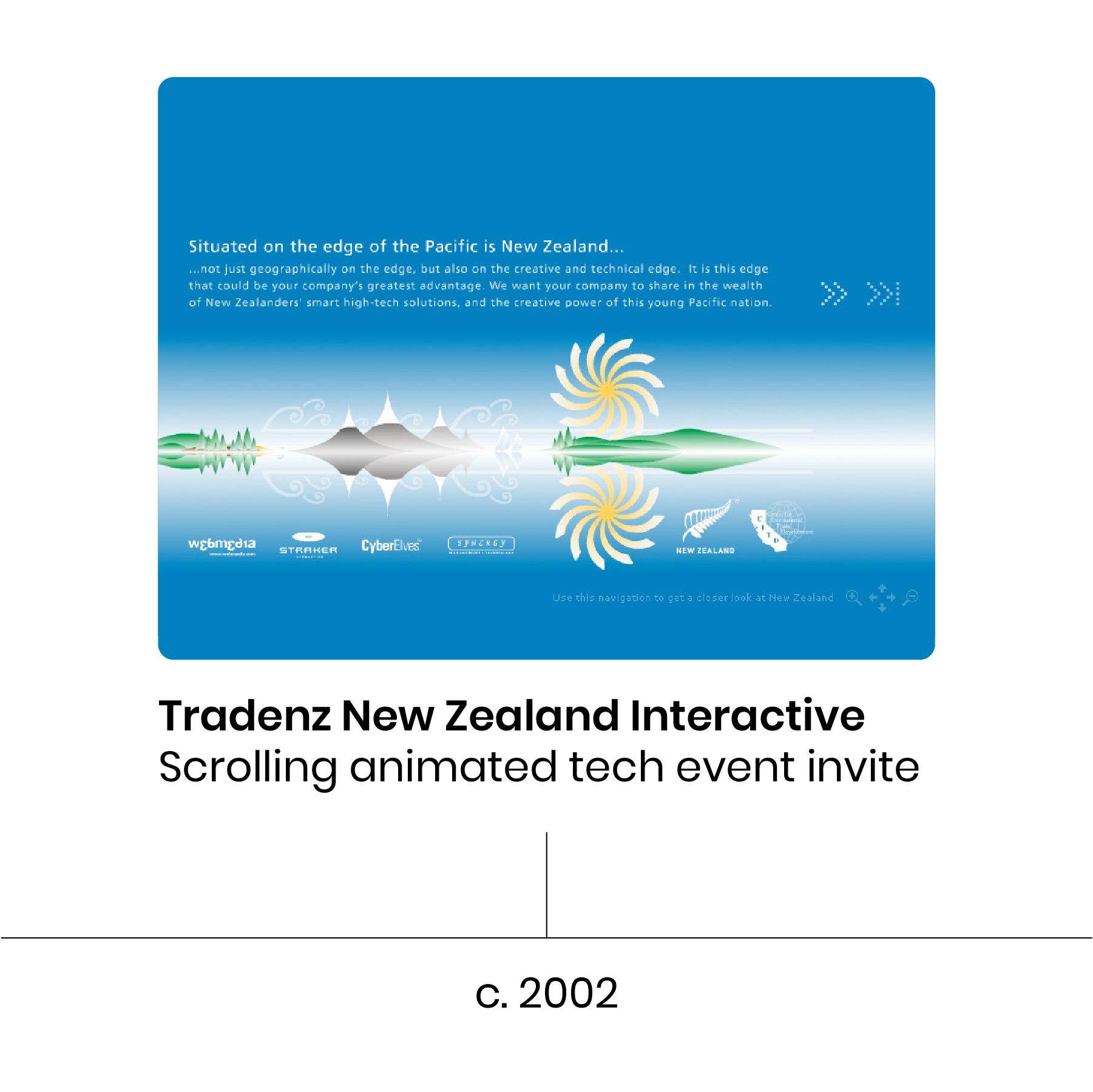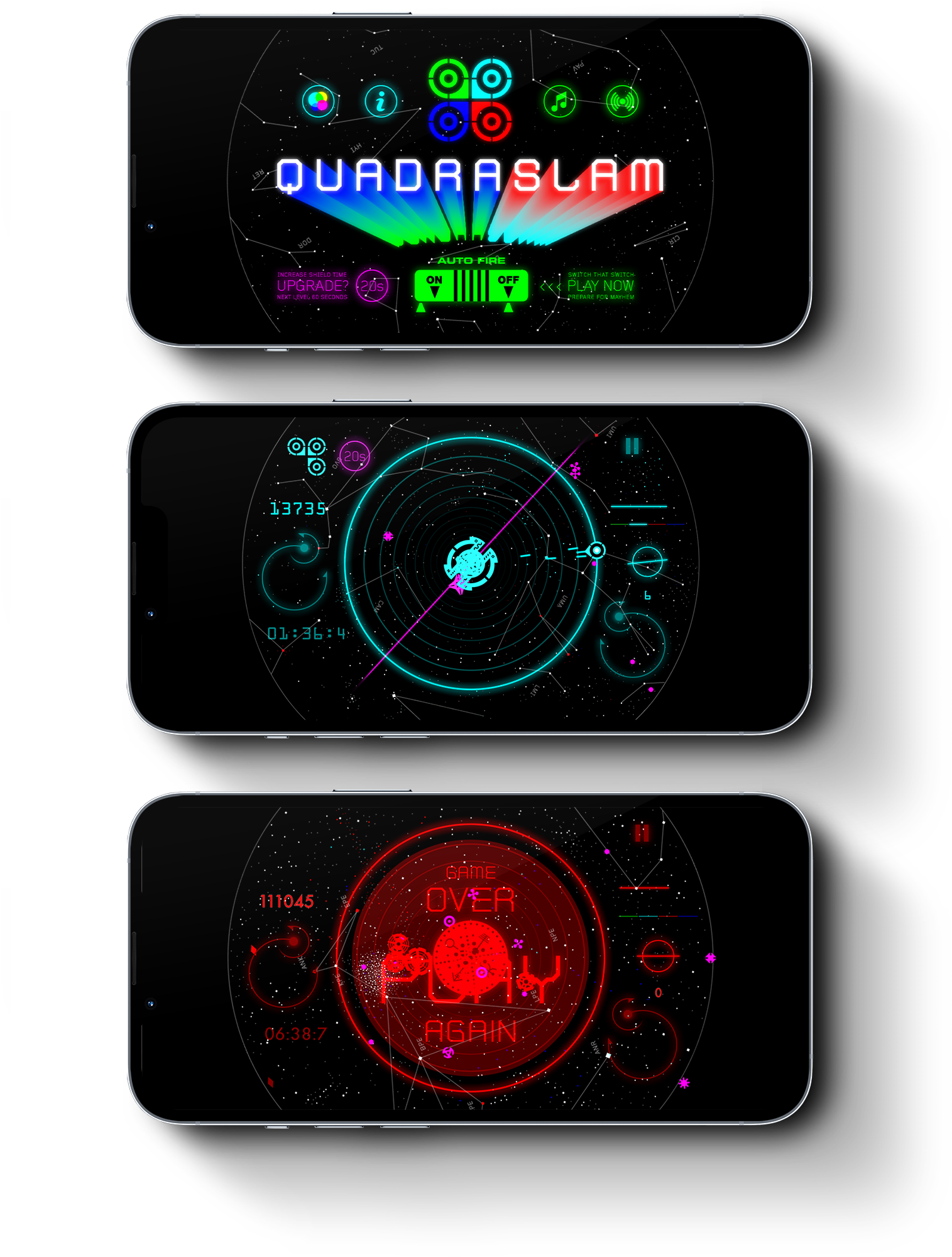Product Design
Brand infused UX/UI=CX products
30+ Years of Product Design, from Early Interfaces to Modern Prototyping
Jodie Campbell
Experience and Service Design Leader (Strategy, CX, VoC, Product) @ Griffith University
“Matt is an extremely talented creative who can take a project from inception to delivery at the highest level. He has an in-depth knowledge of U/X and his work is innovative and technically on point. I highly recommend Matt.”
2025 Auckland Design Week
Keynote: Design in balance
Sharing decades of product design experience to hundreds of people.
Having a chance to do a keynote at Auckland Design Week 2025 was out of my world. Yes, the event itself had grown enough to grab my attention. I needed to network. I bought tickets so I could go and experience the event. They posted on LinkedIn, they needed people to talk, I said yes, I offered my graphic to digital to future presentation. Thankfully they said yes! I was there to represent the digital designers among us :) The the keynote was at the Design Depot first thing after the conference.
Design in Balance - the chosen theme I built my presentation on.
Breaking my own knowledge down so I could share it in the keynote.
Learning from my own teaching processes - penny drops, wow!
I go through classic design and show how it applies to digital.
I take my learnings and improve my own product design projects.
People at the conference network and connect with me - let’s go 2026!
Shared my talk, so if you want to listen and see all the slide.
Big-box retail for Freedom Furniture Australia
Working as part of the team for Triquestra, leading a team of product designers, working with developers and project leads to build the unified commerce solution for Freedom Furniture Australia. On the cusp of digital prototyping tools, countless views were wireframed with incredibly detailed user interaction documentation along with design revolutions and revelations throughout the project. Fully responsive desktop to mobile experience.
Head creative and product design lead.
Two extra resources sourced through my network.
International client meetings and briefings.
Schematics and reverse briefing.
Intensive research phases and discovery sessions.
Wireframes and detailed user interaction rationale.
Prototype designs created.
Interactive demos built for releases.
What does 30 years of product design look like?
Have a look below at some selected works all designed by myself, and built at Terabyte Interactive (93-00), built at Webmedia (99-01) and built by myself and clients at Mata (01-Present Day).
This was a great exercise for me to do. There are definite waves of technology.
Some times where for a gain in one thing we lost something - so many great projects and memories!
First really intense product style projects at Terabyte Interactive, showed off the why we were so renowned, a great amount of work went into the interactive projects and I had a great time designing them. On that first project for Fletcher, I remember starting that on Friday evening, and working through the whole weekend with little sleep and leaving on Monday morning, project complete, when people were arriving at work, that’s what it takes sometimes ;)
Next the web came along, and connected the world - but that came with a big downgrade in fidelity for an upgrade in connectivity, keeping things inside a web-safe palette and on small screens on slow connections.
The next wave of creativity was the Flash phase. That took us into smooth vectors and more colour, animation and interaction combined with actionscript infused design.
The dotcom crash hit us. HTML was developing, apps started appearing and designing at this time was exciting, pixel pushing and Flash development.
There are a couple of non-digital product design projects in here, the NPPA manual and Chattrbox, both required the same wide thinking and skillset of digital projects.
Then the CSS wave hit, with game-style sprite sheets, greater front-end design and build that’s still not stopped.
Mobile, invention of the iPhone, mobile first - not mobile-first design, but the very first touch screen mobile apps. Once again tho, a step backwards in fidelity for a step forward in technology and experience.
Technology stack expanding exponentially, and a new app-store scene explodes. Opportunities in digital expand and are no longer limited. Developing apps, games and big steps in user experience as the audience matures.
DPI of mobile devices and desktops grows and grows - to think of it is actually mind-blowing. Working on some great big projects, doing complex retail projects with Triquestra.
Working on startup projects and B2B SaaS solutions, and then Covid 19 hit us, putting a big cloud over everything. Making Covid website updates and check-in apps for clients.
AI pops up, and is fun to experiment with in the uncanny valley that it treads within. AI grows exponentially while traditional design channels stutter.
AI matures, and diversifies, we use it to accelerate our builds in numerous ways, 50/50 <a great help> and <infuriating goldfish> still.
I get to do some amazing work with TR Group to revolutionise dated products they have - big complex projects all along the timeline.
My journey in product design began at Terabyte Interactive, when digital interfaces were evolving into everyday experiences. One of my first major projects was designing an interactive product for Boehringer Ingelheim, where I learned to create an engaging digital experience for complex medical content. This was a time when usability was still a developing field, and every interface had to be built from the ground up, no shortcuts, no templates, just pure problem-solving.
I led the interface design for Auckland Museums first interactive kiosks. Creating a touch driven interface for patrons to explore core elements of New Zealand’s make-up and geological history.
As the internet matured, so did product design. The web became a technical playground with interactive experiences going global. Flash meant there were wide-open playing fields where tech-infused programatic designerds flourished. Animation, video, interfaces and apps appeared everywhere. Experimental code-driven designs inspired us all.
I went on to keep working on interactive products with the start of Mata. I designed numerous interactive Flash websites for clients in all areas of business. I designed an interface for an online sign creation tool. Cloud products became the catch-cry online and at that time I was designing the Infinity RMS (Retail Management System) mobile cloud driven website solution. That integration meant I was very well-versed with how Inifinity worked. I was asked to lead the design of the Infinity and Freedom Furniture Australia omnichannel retail integration.
The Freedom Furniture project marked a transition into online prototyping. InVision became my tool of choice, allowing me to refine interactions and test usability with the client before the build even started. It was a game-changer—being able to show working prototypes, which bridged the gap between my design team, the team and developers, making collaboration smoother and more iterative.
Fast forward to 2025, and Figma and XD are now my primary protyping workspaces. As the industry has evolved, so have the tools, but the fundamentals remain the same: understanding users, designing for clarity, usability and experience, all making technology more accessible. I’ve worked across a spectrum of product design challenges—from startup innovations to established B2B tech solutions and large-scale website upgrades.
Product Design Skillset:
Product Naming and URL sourcing
Brand design / voice / strategy
Schematic product overviews
Wireframing
User pathways
Prototyping
Design and front end build
Testing UI and improving UX
Art direction
Functionality additions.
Each project demands a different approach, whether it’s shaping a brand-new experience from scratch or refining an existing digital product to better serve its users.
The last three decades have shown me that product design is never just about aesthetics, it's about how things work, how they communicate, and how they help people, even improve people’s lives. Whether it’s an interactive medical interface in the ’90s, an e-commerce platform in the 2000s, or a sophisticated SaaS product today, the goal remains the same: create experiences that are as intuitive as they are impactful.
Product design is something I love; it’s a continuous evolution. And after 30+ years, it’s still evolving and let’s get excited about what’s next. I talk about what I think is coming next in my Auckland Design Week Keynote.
Game Design
With all my experience, one thing that helped me adapt to digital change was gaming. Each game was a different interface, control method and world with problems to solve.
This is what years of adapting to different interfaces did for me, allowed me to adapt to technology upgrades and problem solving while growing in creativity as I matured. Gaming was baked into my foundations.
During my 2011-12 sabbatical I decided the one thing I wanted to create that I had missed out on was some games. Having that experience growing up, then a digital designer meant I could create games 100% on my own. From pencil sketches and concepts to playable demos. Game design and development is some of the most challenging out there. You create worlds inside engines. Everything has a consequence and you need to be multi-threaded in every aspect of the design and build. I never knew that making games would be more fun than playing them, there lies the challenge, the most complex game of all is making them.
Gembugs
Gembugs is a platform game that used my original Flash game name of Gembugs. The game has 20 playable characters each with their own special powers and abilities. The level based platform game solved the huge problem of platform games on touch devices. The control method is tilt-and-tap. The tilt-and-tap control once learned meant for fast and acurate game play.
Quadraslam
Quadraslam is a space shooter game that uses colours to control the weapons. When aliens of a certain colour appear the weapons systems power up, add the colour to attack those ships. The HUD interface shows the colour of a special shields the aliens have allowing them to be shot down in a single shot. The interface is a rotational system. There’s shields and four incredibly difficult stages to complete. The galaxies behind the hud rotate and the music thumps as you are pelted with return fire, it’s full-on.















































